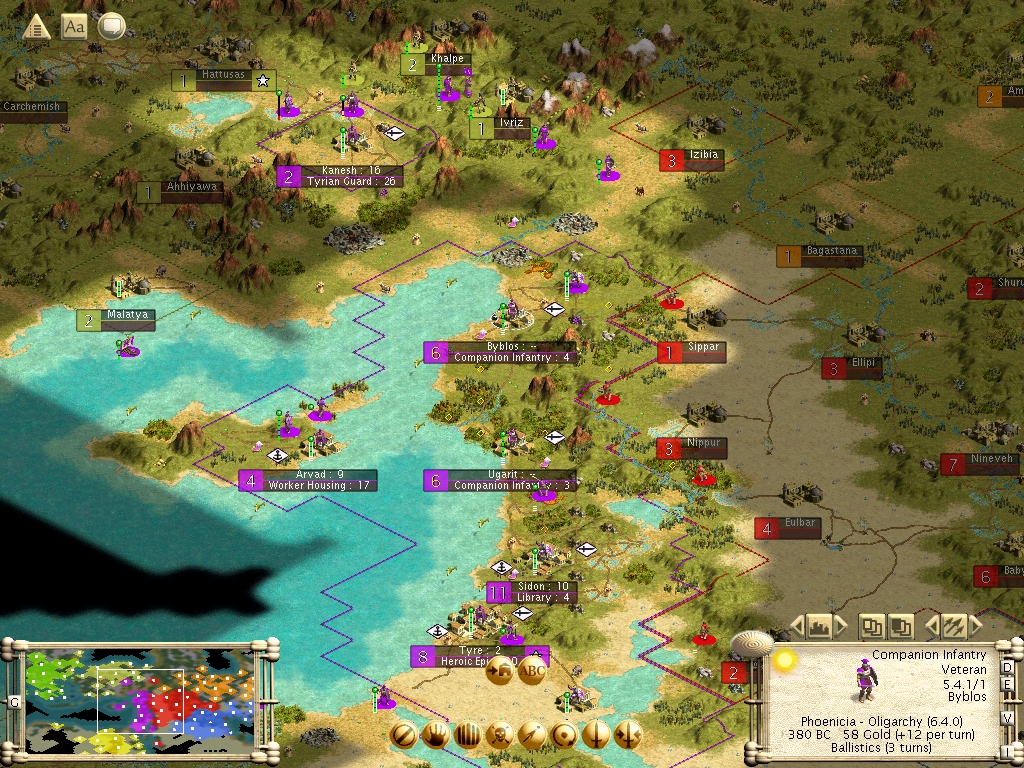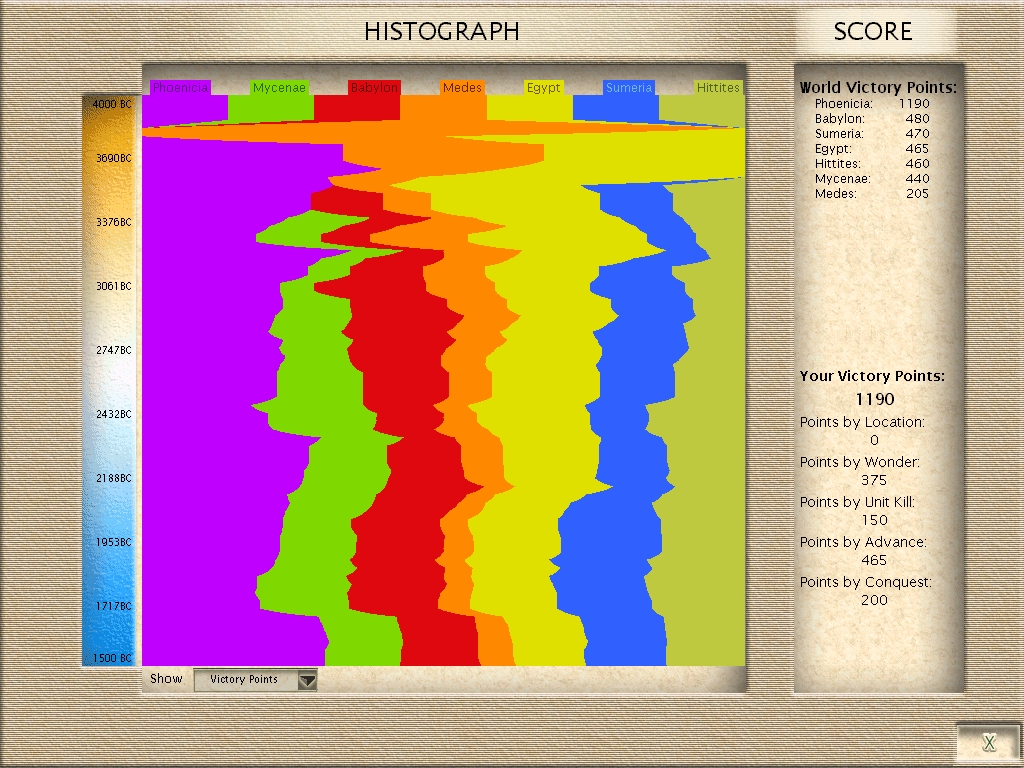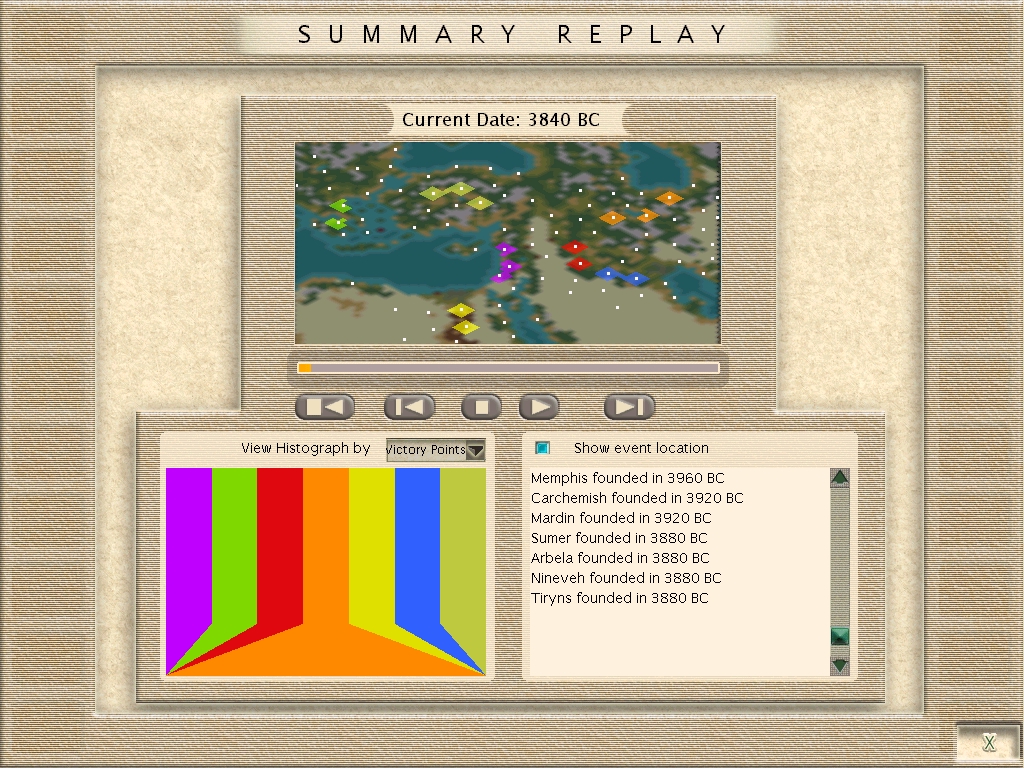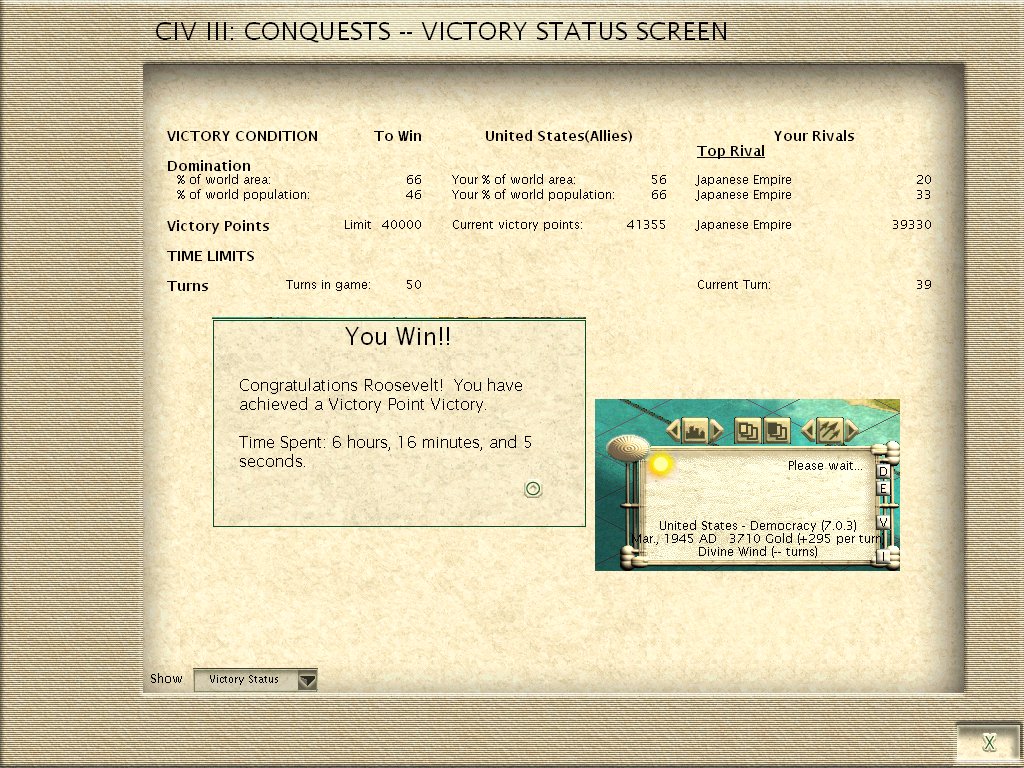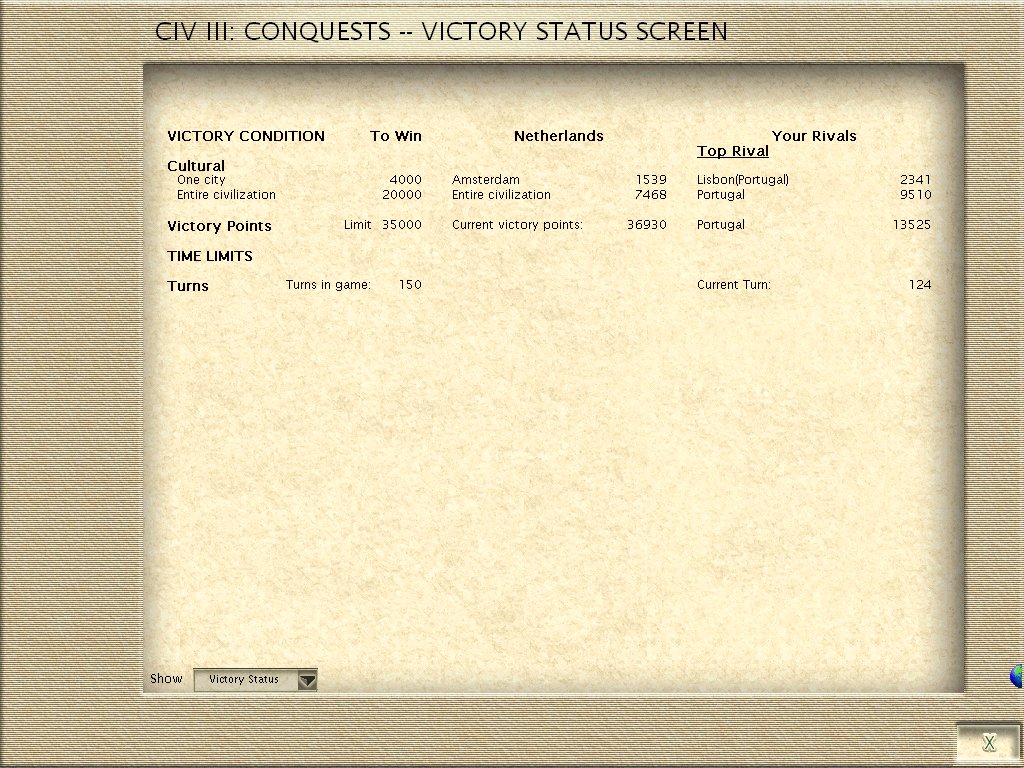Here are the two Histories of the Hittites and Assyrians as I know them. You are correct that the Assyrians predate the Hittites. I guess since the Hittites rose to real power first in the same area they were chosen.
Hittites 1900 - 1200 B.C.E.
The Hittites, whose origin is unknown, invaded the region of Anatolia (modern Turkey) in about 1900 B.C.E., imposing their Indo-European language, culture, and rule on the earlier inhabitants. In the 17th century B.C.E., the Old Hittite Kingdom was founded by the leader Labarna (1680-1650 B.C.E.), and Hattusha became its capital. Labarna conquered most of Anatolia, and his successors conquered most of Syria. Babylon was sacked about 1595 B.C.E.
For about a century after the raid on Babylon, the Hittite empire fell into a period of internal strife and weakness. About 1450 B.C.E. the new Hittite Kingdom was founded, and eventually became a great empire under the king Suppiluliuma (1380-1346 B.C.E.).
During the last half of the 14th century B.C.E., the Hittites struggled for control of Syria with the Egyptian empire, until a battle was fought at Kadesh between the Hittite king Muwatalli (1315-1296 B.C.E.) and the Egyptian pharaoh Ramses II. Ramses declared victory, but the Hittites maintained control over Syria. The Hittite king Hattusili III (1289-1265 B.C.E.) signed a peace treaty with Ramses and received Ramses' daughter in marriage, thus ending the conflict between the Hittite and the Egyptian empires.
After Hattusili came a succession of weak kings, and the Hittite empire finally fell in about 1200 B.C.E. to a wave of seafaring invaders from the Eastern Mediterranean. The origins of these invaders are not known, but are known by the name the Egyptians gave them - the Sea People.
References:
1. Starr, Chester, A History of the Ancient World, 4th edition, Oxford University Press, 1991.
2. Microsoft Encarta 1996 Encyclopedia, Microsoft.
3. Roaf, Michael, Cultural Atlas of Mesopotamia and the Ancient Near East, Facts on File, 1990.
4. Grant, Michael, Atlas of Classical History, Oxford University Press, 1994.
5. Time Frame 1500-600 BC, Barbarian Tides, Time-Life Books, 1988.
6. Healy, Mark, Qadesh 1300 BC, Osprey Military Campaign Series 22.
Assyria 1200 - 612 B.C.E.
About 1200 B.C.E., a wave of invaders known as the Sea Peoples put an end to the Hittite Empire in Anatolia and infiltrated Syria and Palestine. At about the same time, Indo-European people from the northwest of Syria and Semitic groups from the west began to enter the area. The Assyrians, a small state situated around the heavily fortified city of Ahsur, had existed in the area since the third millennium B.C.E. The Assyrians reacted to these invasions by developing a war machine proverbial for its cruelty and became the terror of the entire Middle East.
In the early ninth century B.C.E. Assyria embarked upon a campaign of conquest. Adadnirari II (911-891 B.C.E.) might be called the father of Assyrian imperialism, but even more successful was his grandson Ashurnasirpal II (883-859 B.C.E.), who in campaign after campaign devastated his neighbors with fierce and deliberate cruelty. Assyria reached its height under ruler Sargon II (722-705 B.C.E.), who extended the empire from Egypt to the Zagros Mountains, and northward to the Persian Gulf. To celebrate his greatness, Sargon II built a magnificent fortress-city near Nineveh. The city covered a square mile and enclosed a palace of over 200 rooms. Ironically, the city was completed about the time of Sargon's death in 705 B.C.E., and was never used.
In addition to developing a powerful war machine, the Assyrians compiled all the knowledge of their Babylonian and Sumerian predecessors in a great library at Nineveh. This library is responsible for much of our present day knowledge of these ancient times.
After Sargon, Assyria began its decline as successive rulers devoted more and more of their manpower and wealth to further expansion. Internal strife, and the capture of the capital city Nineveh, led to the end of the Assyrian empire in 612 B.C.E.
References:
1. Starr, Chester, A History of the Ancient World, 4th edition, Oxford University Press, 1991.
2. Microsoft Encarta 1996 Encyclopedia, Microsoft.
3. Time Frame 1500-600 BC, Barbarian Tides, Time-Life Books, 1988.
4. Roaf, Michael, Cultural Atlas of Mesopotamia and the Ancient Near East, Facts on File, 1990.
5. Grant, Michael, Atlas of Classical History, Oxford University Press, 1994.









